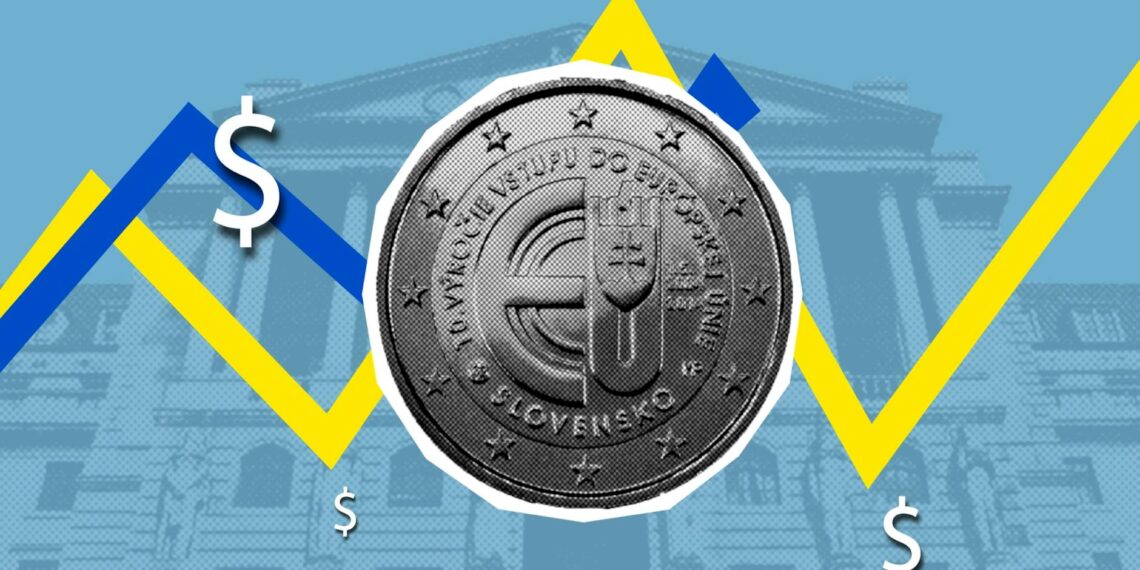Here’s a chart providing estimated values for various 50 cent coins (half dollars), focusing on key dates and types.
Please note that these are estimates and the actual value can vary depending on several factors:
- Condition (Grade): Coins in better condition are generally worth more. Factors like wear, luster, strike quality, and surface preservation all contribute to the grade. Professional grading services like Numismatic Guaranty Company (NGC) or Professional Coin Grading Service (PCGS) can provide an objective assessment of a coin’s condition.
- Rarity: Coins with lower mintages or those that are harder to find tend to be more valuable.
- Historical Significance: Coins tied to important events or eras can command higher prices from collectors.
- Demand: Market interest in specific coins can fluctuate, impacting their value.
- Metal Content: Coins made of precious metals like silver or gold have an intrinsic value based on the current market price of the metal.
- Pre-1964 Silver Half Dollars: These coins contain 90% silver and are generally worth more than their face value due to the silver content.
– Walking Liberty (1916-1947): These coins feature a beautiful design and are popular with collectors. The 1921 and 1921-D are particularly scarce in high grades. A high-grade 1917-D with a reverse mint mark sold for $3,840.
– Franklin Half Dollar (1948-1963): These coins feature Benjamin Franklin on the obverse and the Liberty Bell on the reverse. [Bullion Shark offers a downloadable checklist for Franklin Half Dollars].
– Kennedy Half Dollar (1964): The 1964 Kennedy half dollar is also 90% silver. A circulated 1964 Kennedy half dollar is worth between $14 and $14.75, according to the NGC Price Guide as of July 2025.
- 1965-1970 Kennedy Half Dollars: These coins contain 40% silver, making them worth more than face value, but less than the 90% silver versions.
- 1776-1976 Bicentennial Half Dollar (Silver): While the copper-nickel version is common, the silver version of this coin can be valuable, especially in pristine, uncirculated condition, where it could sell for as much as $12,500. A circulated version of this coin is worth between $5.75 and $6.25.
- Modern Half Dollars (1971-Present): Most modern Kennedy half dollars are worth their face value, with the exception of certain proofs or errors.
- Consult a coin value guide or price list: Resources like the “Red Book” (A Guide Book of United States Coins) or online guides from reputable dealers like APMEX or the U.S. Mint can provide general value ranges.
- Examine the coin’s condition: Learn about coin grading to assess the level of wear and tear, luster, and overall eye appeal of your coin.
- Identify the mint mark: The mint mark, usually a small letter, indicates which Mint facility produced the coin, and can significantly impact its rarity and value.
- Consider consulting a professional: For rare or potentially valuable coins, seek an appraisal from a reputable coin dealer or appraiser to get a more accurate valuation. You can find certified professionals through organizations like the American Society of Appraisers or the Professional Numismatists Guild.
Remember: Never clean a coin, as it can significantly decrease its value.









What years of 50 cent pieces are worth money?
I can help with that. Rare errors can be expensive 50 cent coins with prices of even thousands! 1964 Kennedy Half Dollars (90% silver) and high-grade Bicentennial (1776-1976) versions are some of the rarest and most expensive half dollar coin examples. Try to find one of them.